
On July 9th, Sri Lankan protesters, increasingly frustrated by the country’s worst economic crisis since independence in 1948, took over President Gotabaya Rajapaksa’s residence in the capital city of Colombo [1]. He has since fled the country and resigned. The Rajapaksa family has run Sri Lanka since the end of the Sri Lankan civil war almost two decades ago. During this time, the family has concentrated political power within their own ranks and consistently undertaken prejudicial political actions against the country’s minority Tamil, Christian, and Muslim populations.
After the departure of President Rajapaksa from the country, Sri Lankan Prime Minister Ranil Wickremesinghe was named acting president for several days before being officially elected president by members of the Sri Lankan Parliament on July 20th. Wickremesinghe, while not an immediate Rajapaksa family member, has been accused by Sri Lankan protesters of preserving the Rajapaksa dynasty by protecting them from charges of corruption and ensuring their continued political power.
The Wickremesinghe presidency poses a number of dangers for the country. The people of Sri Lanka and the greater international community will need to act decisively and prudentially in this new era in Sri Lanka’s history.
In the aftermath of the Sri Lankan civil war, which persisted for 26 years and ended in 2009, the Rajapaksa government embarked upon a spending spree that far exceeded the country’s means. The benefits of the new transportation infrastructure and expanded military capabilities have been overshadowed by the cost of over $51 billion in foreign debt[2]. The food and fuel shortages that have driven Sri Lankans to the streets make clear the reckless postwar spending of the Rajapaksa dynasty and its inability to manage the national economy. There is also the complicity of countries such as China and India, which provided billions of dollars for these massive infrastructure projects without considering the consequences of such spending in a country still economically recovering from war.
Additionally, as a 2013 case study demonstrates, the installation of the Rajapaksa family’s Buddhist nationalist government after such a long and bloody internal conflict inevitably resulted in the subjugation of religious minorities[3]. The CIA World Factbook estimates that of the 23 million people living in Sri Lanka, approximately 75% report themselves to be ethnically Sinhalese, 70% identify as religiously Buddhist, almost 13% identify as ethnically Tamil and religiously Hindu, 10% as Muslim, and 6% as Roman Catholic [4]. Throughout the war, Rajapaksa brothers Gotabaya and Mahinda repeatedly used their political and military platforms to set the Sinhalese Buddhist majority against the Hindu Tamil and Muslim minorities living in the country. Instead of seeing ethno-religious reconciliation as a means to achieving national security, the Rajapaksa regime viewed the two as mutually exclusive, with human rights and individual freedoms threatening their conception of national security. Following the Rajapaksa model, as Butler University professor of religion and regional expert, Chad Bauman, wrote in 2019, extremist groups of both majority and minority faiths have been empowered to carry out violent acts intended to suppress those with differing religious convictions, acts which the country’s Buddhist nationalists have weaponized to “encourage and justify further violence and discrimination aimed at Sri Lanka’s religious minorities” [5].
While Gotabaya Rajapaksa attained hero status within the Sinhalese Buddhist community for his wartime actions, after the conflict other Sri Lankans labeled him a war criminal for his conduct in orchestrating the killings, torture, and disappearances of those with whom he disagreed or viewed as a threat to his authority. He has repeatedly denied popular charges of commanding government troops to shell and execute civilians and block vital resources from getting to communities ravaged by violence. It is estimated that as many as 40,000 civilians died as a result of these atrocities, yet victims have never received justice for their losses. And prominent members of the Rajapaksa circle of influence have never been held legally accountable under international law for their complicity in the carrying out of war crimes [6]. This pattern of inaction, including the continued silence of the international community on criminal prosecution for crimes against humanity have enabled Buddhist extremist groups to carry out violent attacks against Sri Lanka’s religious minorities and fill social media platforms with hate speech, as reported in RFI’s 2020 Sri Lanka Religious Freedom Landscape Report [7].
In a nation historically plagued by religious division, these ongoing protests have managed to bring together Sri Lanka’s many ethnic and religious groups. Leaders of the Sinhalese Buddhist community in Sri Lanka, who had backed the Rajapaksa family dynasty and their Buddhist nationalist administration on religious grounds, were among the first to take to the streets protesting food and fuel shortages. Now, these Buddhist monks walk alongside Catholic priests and Muslim imams in calling for economic relief and government protection of human rights protections..
A tangible first step to erecting a political order that works on behalf of all ethnic and religious groups in Sri Lanka is to continue calling for President Wickremesinghe to resign from office. Wickremesinghe is extraordinarily unpopular among Sri Lankans. They see him as the epitome of the political regime they took to the streets to protest out of a fear that he would continue the legacy of the Rajapaksa family dynasty and its political party: the Sri Lanka Podujana Peramuna (SLPP). Their fears are justified, as the SLPP majority in Parliament can be held responsible for Wickremesinghe’s presidential election victory in the absence of a public vote, a move allowed by the country’s constitution that concentrates power in the executive presidency. To quote Bhavani Fonseka, a senior researcher at the Center for Policy Alternatives, in a recent discussion with the U.S. Institute of Peace, “there is no escaping the Rajapaksas in Sri Lanka politics as it stands now” [8].
The new presidential administration is replacing hopes for a unified, publicly supported democratic government with fears of a militarized police state. To ensure religious freedom for everyone, Western democracies and religious freedom proponents must partner with and publicly support Sri Lankan activists in their nonviolent yet vigorous protests against the Wickremesinghe presidency. The years-long decline in the number of free and democratic elections held in the country, both in local and federal contexts, must be corrected.
Former president Gotabaya Rajapaksa and his accomplices, current President Wickremesinghe among them, have never appeared before an international criminal tribunal or faced any sort of investigation for war crimes [9].
Practically speaking, China, which has lent billions of dollars to Sri Lanka under the massive Belt and Road Initiative, must be called upon to restructure Sri Lanka’s debt and prevent the island country from falling into further economic collapse. While not China’s usual approach to economic diplomacy, providing substantial debt relief to Sri Lanka and relaxing its loan repayment process may be the only way to get Sri Lanka out of its economic crisis quickly without prolonging the pain and suffering that vital resource shortages are inflicting on the country’s vulnerable populations. Further, International Monetary Fund (IMF) member countries must support an IMF bailout package and debt relief policies for Sri Lanka. The IMF is currently refusing to negotiate with Sri Lanka because of its ongoing political crisis, but the political crisis will only be prolonged absent such a negotiation.
Strengthening religious freedom in Sri Lanka must also be a priority, which is best achieved by sponsoring existing religious freedom education programs and religious reconciliation initiatives already underway in Sri Lanka. Stateside efforts in this field should explore partnerships with groups like the Center for Peacebuilding and Reconciliation in Sri Lanka working with leaders, parents, and teachers across the religious spectrum on how to instill in children a recognition of and respect for their country’s ethnic and religious diversity [10]. The Center encourages interfaith dialogue grounded in common values found across Sri Lanka’s religious traditions. The next generation of religious leaders and adherents, both in the country and their allies abroad, must be equipped to continue the fight for religious freedom in Sri Lanka.
The exclusionary nature of the civil war’s end and the domestic distrust it cultivated in Sri Lankan minority communities can no longer be ignored, and this time around, with the future of religious freedom in Sri Lanka at stake, religious minorities must know they are supported. Sri Lanka will not be brought out of economic peril without the hard-won support of the IMF and lender states such as China. It is also critical that perpetrators of religious violence are held accountable. With measurable progress on each of these fronts, Sri Lanka can chart a new future for itself, and the international community can help.
[1] Ayesha Perera, “Sri Lanka: Why is the country in an economic crisis?,” BBC News, July 14, 2022, https://www.bbc.com/news/world-61028138. [2] Meera Srinivasan, “Sri Lanka announces $51-billion debt default to combat crisis,” The Hindu, April 12, 2022, https://www.thehindu.com/news/international/sri-lanka-opts-for-pre-emptive-debt-default-to-combat-crisis/article65314691.ece. [3] Berkley Center for Religion, Peace, and World Affairs, Sri Lanka: Civil War Along Ethno-religious Lines, August 1, 2013, https://berkleycenter.georgetown.edu/publications/sri-lanka-civil-war-along-ethno-religious-lines. [4] “Sri Lanka,” The World Factbook, accessed July 26, 2022, https://www.cia.gov/the-world-factbook/countries/sri-lanka/#people-and-society. [5] Chad Bauman, “Easter Terror Attacks Reveal New Perpetrators in Asia’s Rising Tide of Religious Violence,” Religious Freedom Institute, 2019, https://religiousfreedominstitute.org/easter-terror-attacks-reveal-new-perpetrators-in-asias-rising-tide-of-religious-violence/. [6] “Sri Lankans honour Tamil victims of civil war after 13 years,” Al Jazeera, May 19, 2022, https://www.aljazeera.com/news/2022/5/19/sri-lankans-honour-tamil-victims-of-civil-war-after-13-years. [7] Religious Freedom Institute, Sri Lanka Religious Freedom Landscape Report, 2020, https://religiousfreedominstitute.org/wp-content/uploads/2022/06/SriLankaONLINEAugust2020.pdf. [8] “What’s Next for Sri Lanka?” United States Institute of Peace, July 25, 2022, https://www.usip.org/events/whats-next-sri-lanka. [9] Farahnaz Ispahani, “Punish Those Responsible for the Sri Lanka Attacks, Not Muslim Minorities,” Religious Freedom Institute, 2019, https://religiousfreedominstitute.org/punish-those-responsible-for-the-sri-lanka-attacks-not-muslim-minorities/. [10] Center for Peacebuilding and Reconciliation, https://cpbr.lk.Ellie Campbell is studying Politics, Philosophy, and Economics at Taylor University in Upland, IN.
THE RFI BLOG
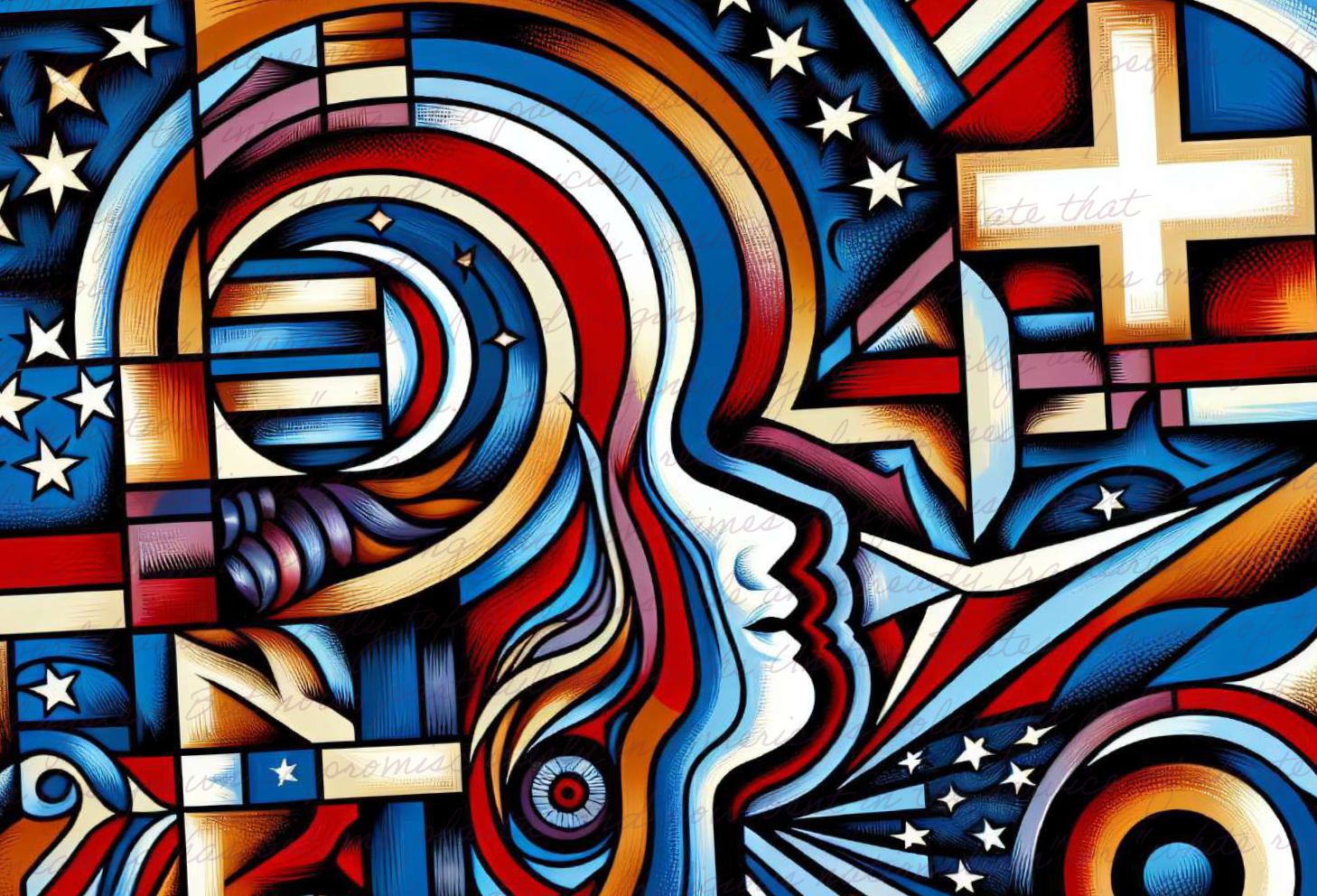
Myths of Religious Nationalism in America and Abroad
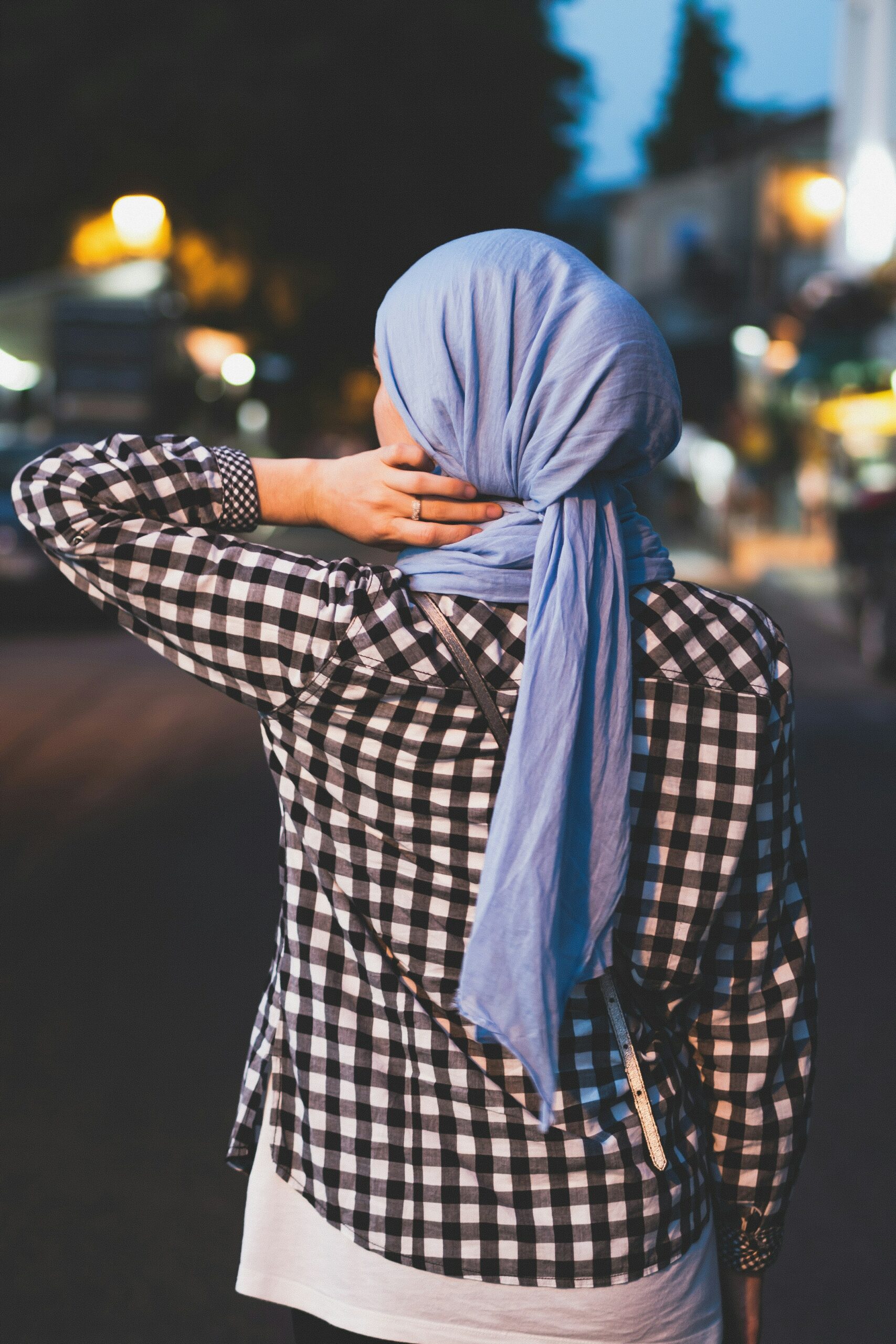
France’s Olympic Hijab Ban Violates International Law And Exacerbates Tensions
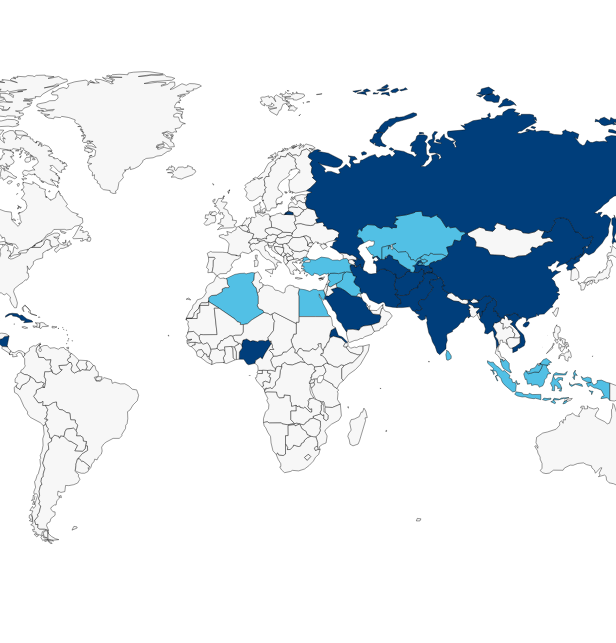
RFI Briefs USCIRF on Lessons from 25 Years of U.S. Designating Religious Freedom Violators
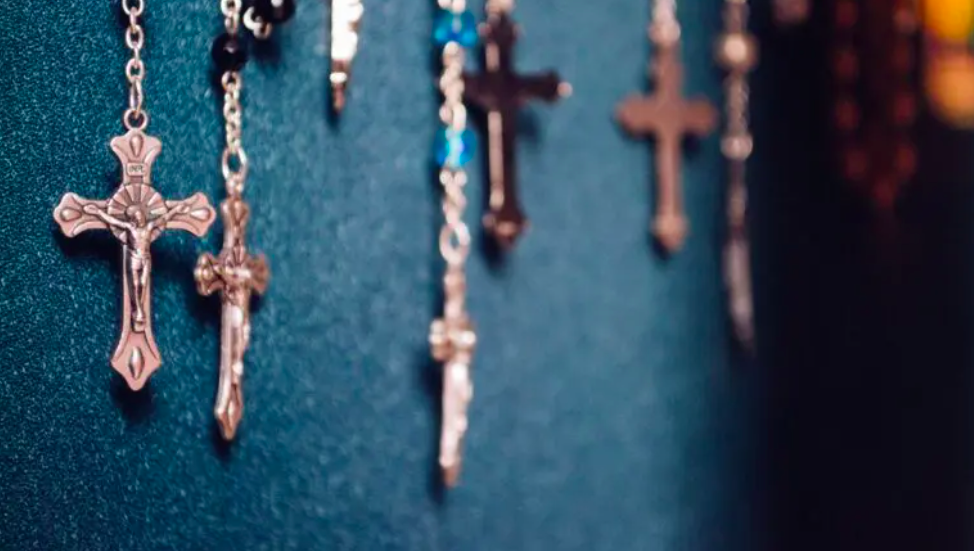
Thought Police: Protecting the People from Prayer
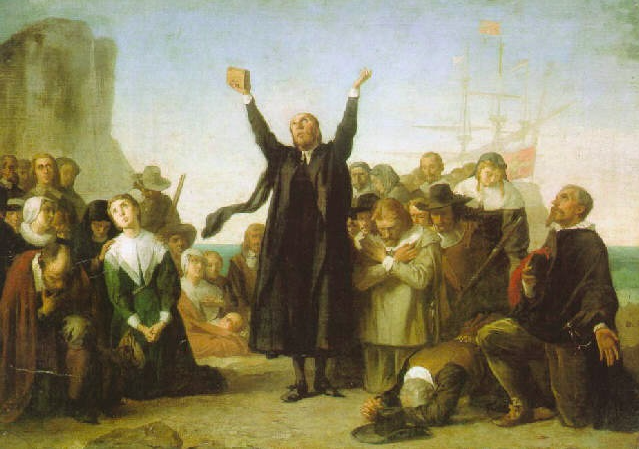
A Religious “Delaware”: Establishing a State Haven for Religious Corporations
CORNERSTONE FORUM

Challenges to Religious Freedom in Iraq and the Critical Need for Action

Public Bioethics & the Failure of Expressive Individualism

Religious Liberty in American Higher Education

Scotland’s Kate Forbes and the March of Secularism

